MWC 2019: Cutting-Edge Cameras, 5G On Display At Mobile World Congress

HMD Global introduces Nokia PureView flagship with five rear cameras, Qualcomm aims to make 5G mainstream with new chip and Microsoft updates HoloLens
While foldable smartphones from Huawei and Samsung have taken the limelight, this year’s Mobile World Congress (MWC) in Barcelona, which began on Monday, has so far been marked by a number of innovative announcements in other areas as well, ranging from 5G to augmented reality (AR) to mobile photography.
The raft of announcements has been noted by some industry observers as a contrast to last year’s show, where smartphone makers unveiled phones that all looked similar to one another and the smartphone industry showed its first market contraction.
On Monday Qualcomm introduced its first Snapdragon mobile chip with integrated 5G, a step one analyst said would make the next-generation mobile technology “mainstream” in phones.
The as-yet-unnamed system-on-a-chip (SoC) is part of Qualcomm’s flagship Snapdragon line of mobile processors, and is the world’s first to integrate a 5G modem, Qualcomm said.
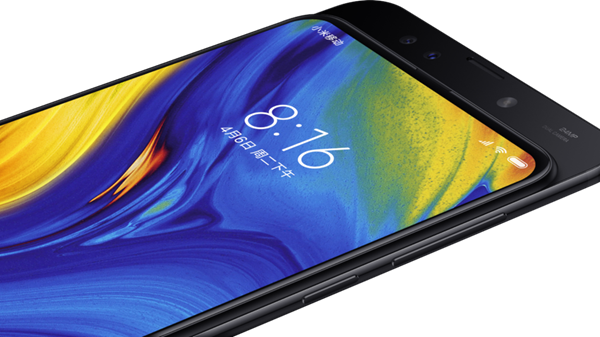
5G goes ‘mainstream’
Qualcomm competes with the likes of Huawei in 5G modems, and Huawei claimed at the lauch event of its Mate X foldable phone that the 5G Balong modem built into the Mate X would be faster than Qualcomm’s.
Qualcomm declined to comment on the claim.
The Snapdragon chip with integrated 5G is set to sample to customers in the second quarter of this year, with commercial devices expected in the first half of 2020.
A number of phone makers have already introduced 5G phones, with Oppo, OnePlus, LG, Samsung and Huawei all having announced mobile 5G devices in the past few days.
But the integration of 5G into Qualcomm’s mobile chips, which are used by most high-end smartphones, makes it easier for phone makers to offer the technology.
“This is the chip that makes 5G phones mainstream,” commented analyst Patrick Moorhead.
The announcement is one of the signs of 5G’s quick rollout, with commercial devices having appeared sooner than many industry watchers had predicted.
The first commercial 5G networks are expected to begin launching this year, and the first devices set to arrive in the second quarter of 2019.
Moorhead noted that unlike 4G, 5G is launching in all regions of the world at the same time.
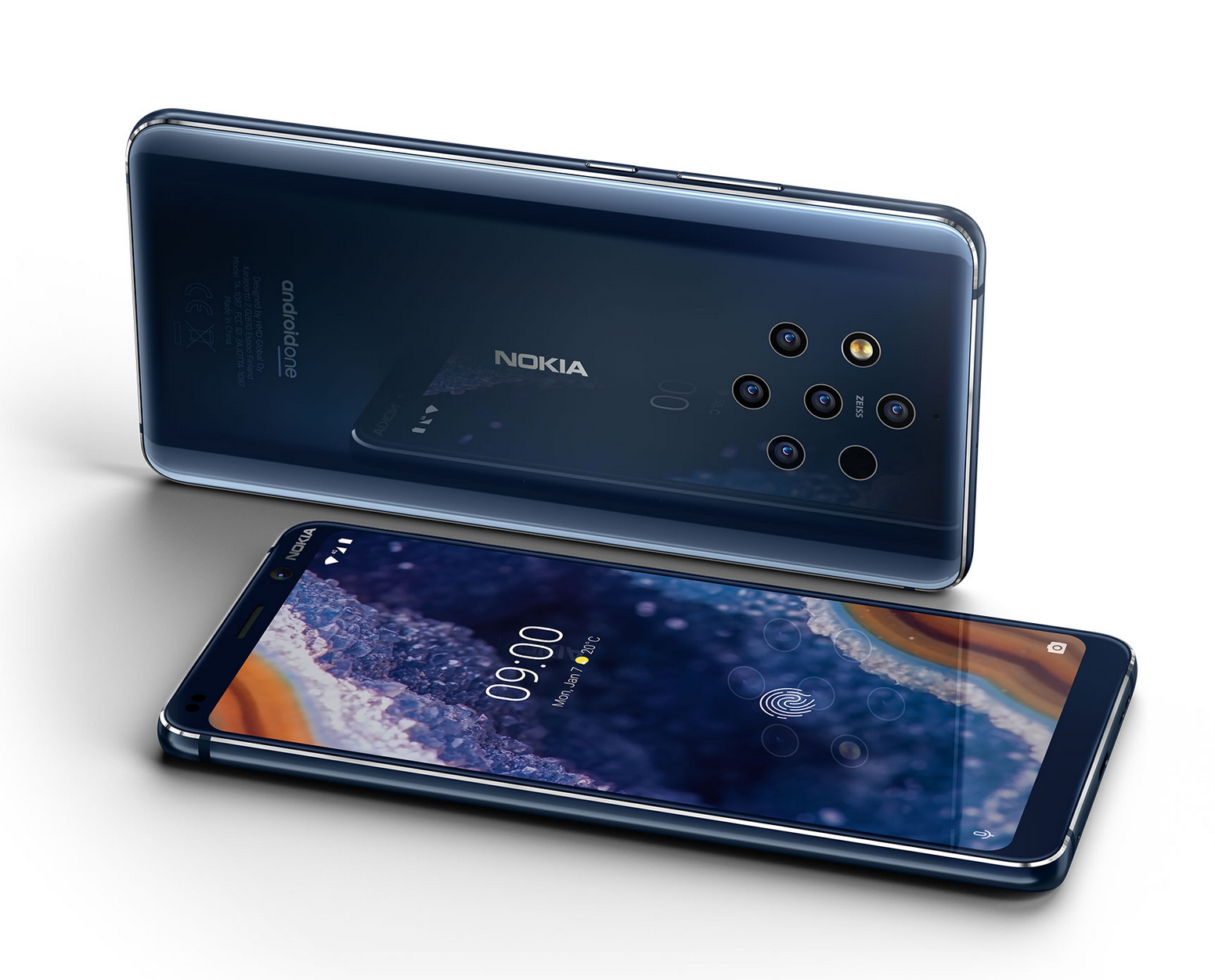
Nokia 9 PureView
HMD Global wowed many at MWC with its Nokia 9 PureView flagship smartphone, featuring five cameras in an array on the device’s back.
The device, which builds on Nokia’s long-running line of PureView camera-centric devices, features five Sony 12-megapixel sensors, all with Zeiss lenses.
Three of the cameras capture monochrome data, with the other two capturing RGB colour, which Nokia says alows the device to take exceptionally detailed photos.
It captures simultaneous images at different exposure settings, giving it a broad dynamic range of 12.4 stops, and works with Adobe Lightroom to make changes on the device before the final JPEG image is produced.
The editing tools mean that a huge 240 megapixels of data can be edited to produce the final 12-megapixel photo.
The device also features a tripod mode allowing the user to hold the camera for up to 10 seconds for night shots, something also offered by the Pixel 3 XL and the Huawei Mate 20 Pro.
The phone is expected to sell for $699 (around £535), and to launch in the coming weeks.
Analyst Ben Wood said Nokia’s phone was attracting a “huge amount of interest” at the show.
“It’s a strong heritage brand for HMD Global to use alongside this flagship Nokia Mobile smartphone,” he commented on Twitter.
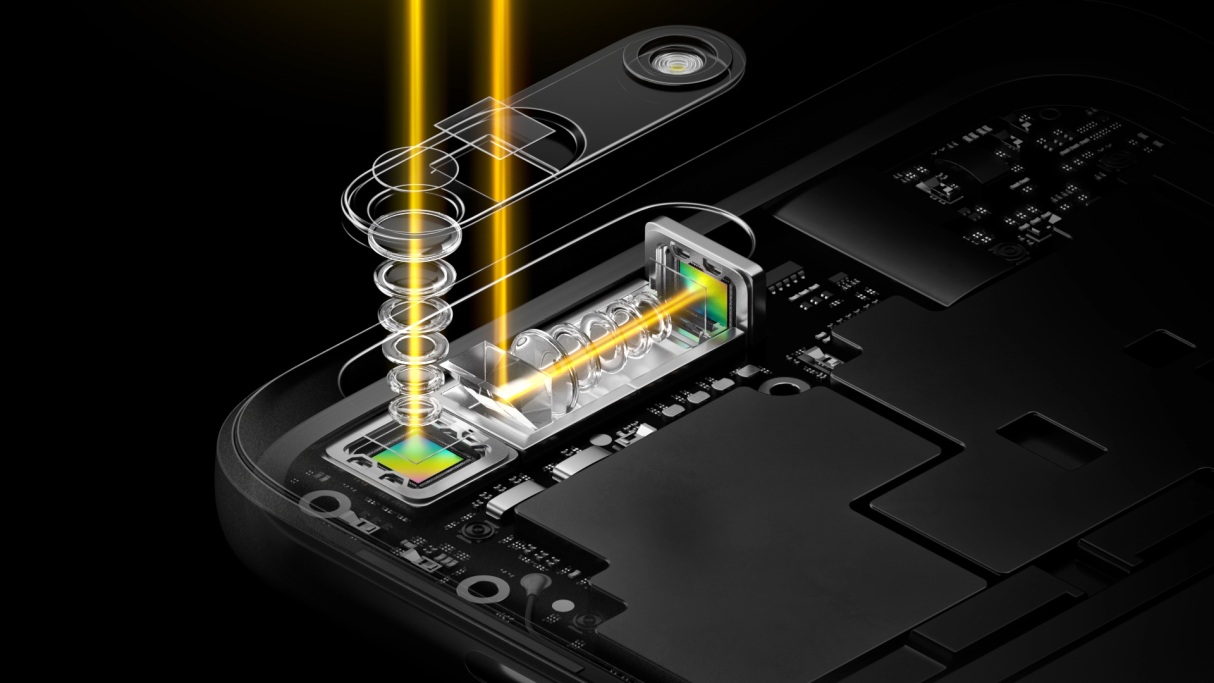
Oppo introduces optical zoom
Oppo, meanwhile, showed a phone with a 10x optical zoom that makes use of a periscope-like system within the chassis, which makes it thicker than typical devices.
The unnamed phone can take photos at focal lengths of 16mm to 160mm.
Oppo announced 5G handsets for Australia, Singapore, Switzerland and China.
Xiaomi, meanwhile, said it would sell its upcoming Mi 9 flagship handset for 449 euros (£390) in Europe.
The Mi 9 features three rear cameras, one with 48-megapixel resolution.
The upcoming Mi Mix 3 5G is to cost 599 euros, the company said, which is likely to undercut many rivals on price for 5G handsets.
Xiaomi’s effort to show off voice-controlled home technology at MWC failed, however, with commands spoken through a smartphone failing to trigger any actions.
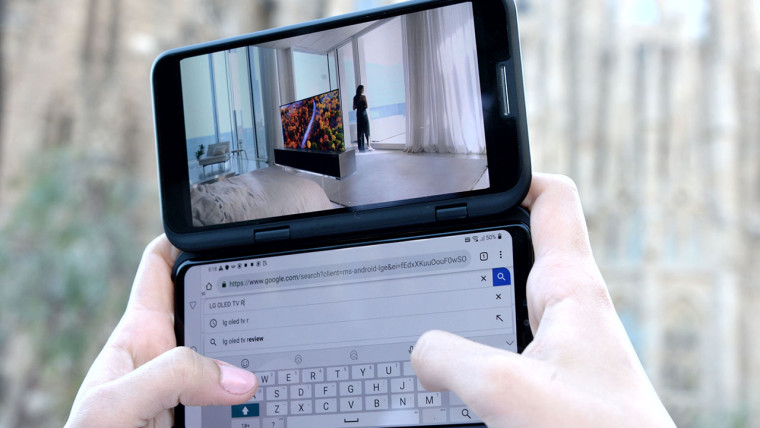
LG two-screen device
LG, meanwhile, sidestepped the foldable phone frenzy with the V50 ThinQ, which features an add-on screen cover with a second screen
LG said it had decided to hold off on developing a foldable phone for the moment, saying that the double-screen arrangement could allow one screen to be used as a keypad or game controller, or could allow two apps to run side-by-side.
“After using it, I’m torn on if a gimmick or useful,” analyst Moorhead commented.
The G8 also features an unusual way to unlock the device called Hand ID, in which users place their hand above the device to unlock it.
Some industry watchers said Hand ID was difficult to use, however.
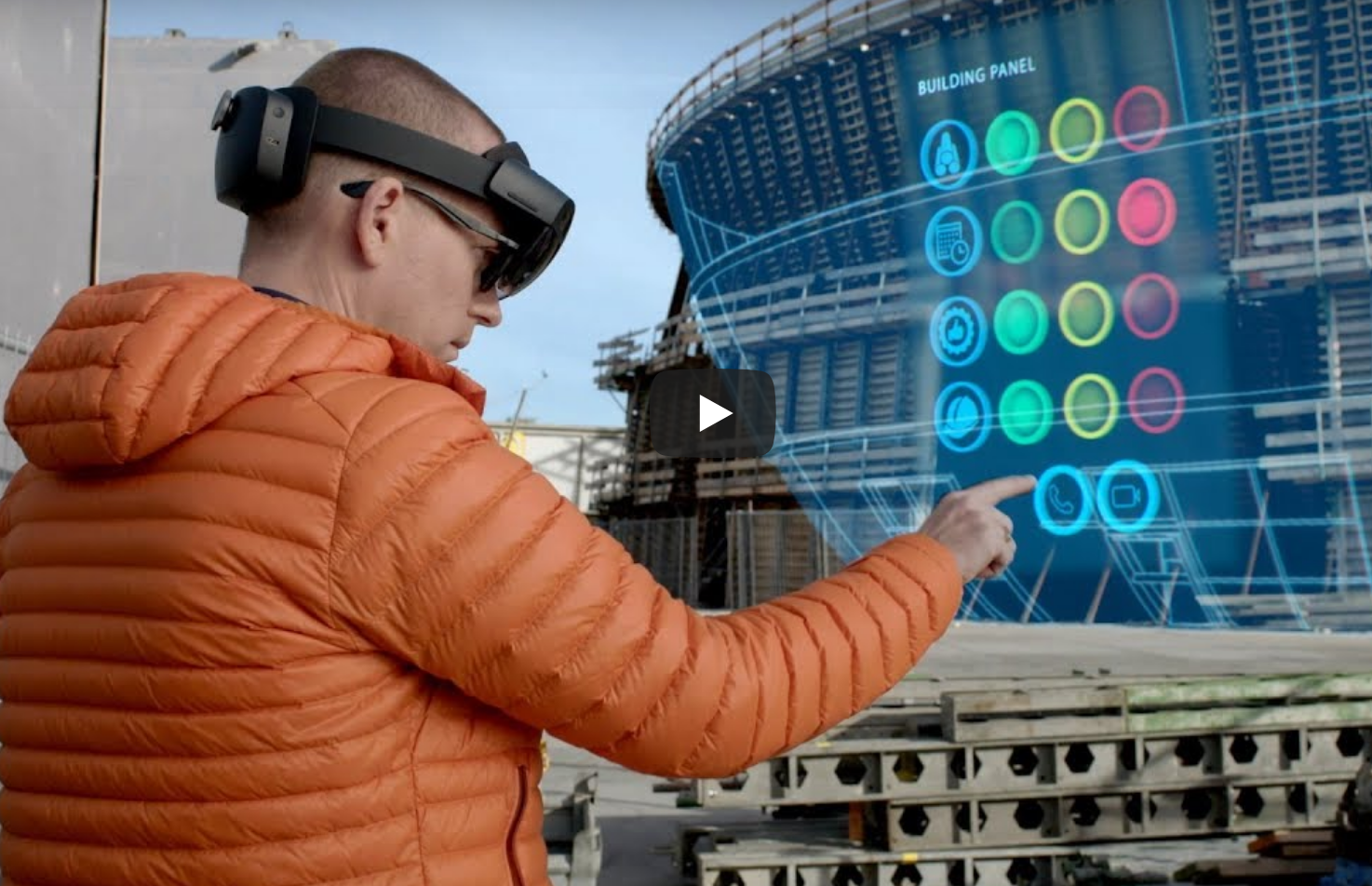
Microsoft’s HoloLens 2
Microsoft chief Satya Nadella was present at MWC where the firm launched HoloLens 2, one of a number of AR or mixed-reality devices on show at the conference.
The firm said the device’s immersive capabilities are significantly improved, with a better display system, a doubled field of view and lower power consumption.
Microsoft said HoloLens 2 would support open standards, and that it was working with Mozilla on making the Firefox Reality browser compatible with the device. It is also to support Unreal Engine 4, Microsoft said.
Other mixed-reality devices on display at MWC include Nreal’s Light sunglasses, Shadow Creator’s New Air 2, Oculus Quest and an AR reference design from Qualcomm.
“Numerous augmented and virtual reality products on display at MWC 19,” analyst Wood commented. “Clear progress being made in this tech category.”